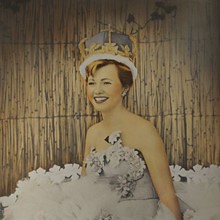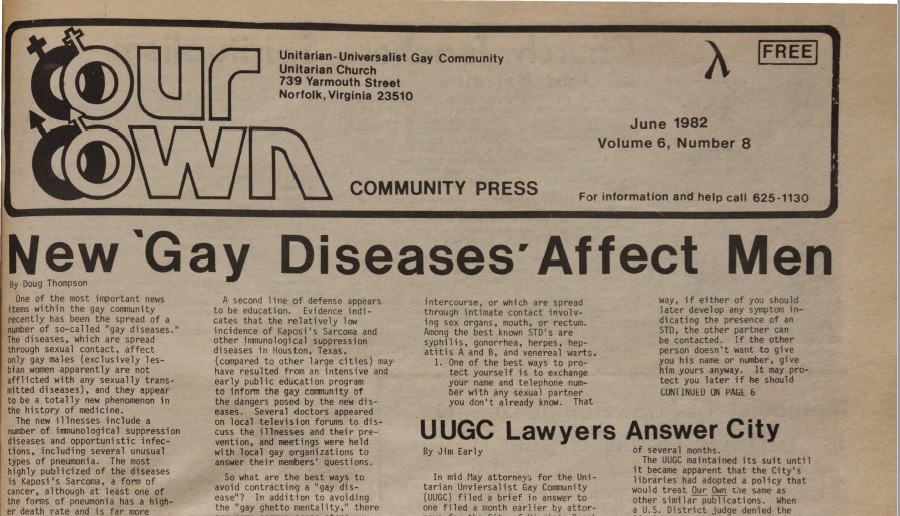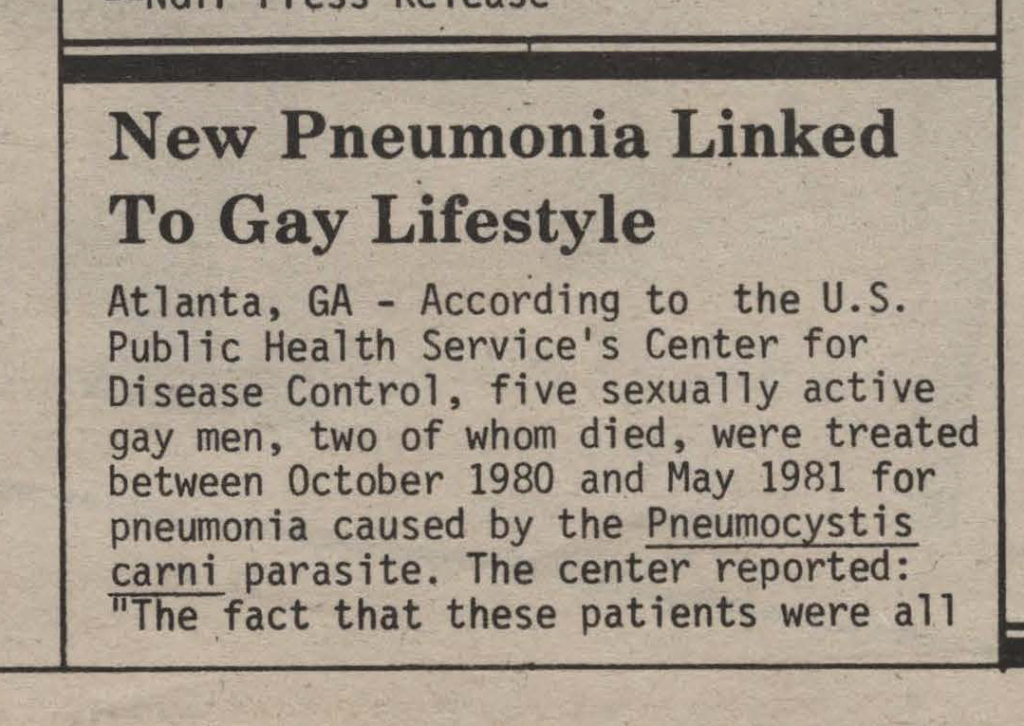By Special Collections and University Archives Graduate Assistant, Daniel Conner
Few actors have a voice as recognizable and beloved as James Earl Jones. For many, or at least for myself, his career extended into childhood memories through his distinctively voiced roles of Mufasa in The Lion King and Darth Vader in Star Wars. Others may remember him from classic films like Coming to America, The Hunt for Red October, Patriot Games, The Sandlot, and Field of Dreams. No one can deny his impact on American culture over the past 50 years.
Sadly, Jones passed in September of 2024, but he gifted the world an incredible legacy that I’d love to celebrate in this post. Specifically, I’ll be referring to a 1969 Mace & Crown article by Richard L. Lindell, II, “Jones: a radiating presence,” which includes his personal interview with Jones during his headline Broadway run with The Great White Hope in 1968.
Lindell began his article by contextualizing Jones, an actor yet to pierce into the mainstream. Prior to Jones’ massive cinematic successes, he was a renowned Shakespearean actor who starred in a variety of Joseph Papp’s New York Shakespeare Festival productions. From there, Jones managed to receive a few small roles in large films, such as Dr. Strangelove, but it was his theater performance in The Great White Hope that ultimately opened doorways for Jones, including the 1970 film of the same name. For those who have yet to explore the film or play, it’s a dramatic portrayal of Jack Johnson (renamed Jack Jefferson and played by Jones), a Black boxer widely considered to be an unstoppable force during the height of the Jim Crow era in the early twentieth century. At the time, white fans and journalists resented Johnson’s success against white boxers, leading to their search for a “Great White Hope.” Additionally, Johnson’s victories catalyzed race riots throughout the United States, bringing to question how a Black person could be successful in a world built in opposition to them. The boxer represented a trough of ideals that transcended the world of boxing, embedding him in American society for years to come.
Taking a step out of the history and into the interview, James Earl Jones was incredibly keyed into the story of Jack Johnson and how vital he was as Black role model. In a world of integration, Jones sought the continuation of Black individuality and expression that could easily be suppressed in a society lacking Black representation. Jones said, “That’s one of the things I like about playing Jefferson. He’s a Negro and makes no bones about it. He is not affected by the white man’s world around him until he wins the championship. By winning the championship, he is required to do things according to the white man’s way. He does not want to do this so, of course, he has a good deal of trouble in making the adjustment.” Jones preached the imbuement of Black culture into roles played by Black actors, in the hopes of increasing representation and relatability to these plays and films. Jones’ sentiments came from an observed loss of Black expressiveness from role models, pointing out civil rights activist Julian Bond as a prime example. Jones said, “But that Julian Bond. He’s something unreal. He doesn’t exemplify the Negro at all. All that cool and suave approach to things. A Negro has all these deep and inherent feelings of passion within and to stunt them with the Julian Bond approach doesn’t get it. There shouldn’t be all these attempts to shunt these feelings. Let them come out.” Many of his role models, such as Malcolm X and Otis Redding, were preachers of Black expression, and in X’s case, he feared the silence that came with integration. These influences played into his performance, but no experience likely had more impact than his childhood.
Jones was born into extreme poverty, only managing to escape it when his mother surrendered Jones to his grandparents. After his adoption, Jones remained virtually mute for years. It was precisely these painful experiences that fed into the passion Jones so confidently spoke of. For the final quote in Lindell’s interview, he asked Jones about a scene in The Great White Hope where Jones was required to completely break down. Jones said, “A whole battery of impulses hits me at that moment. I’m thrown back into my childhood. In a moment like that, I’m asked to bare myself, my soul, through acting. That’s not something I could fake. I know if I go, the audience goes. It has to happen.”
Sources:
- “Jones, A Radiating Presence,” Mace and Crown Article, February 13, 1969
- ODU Photographic and Multimedia Digital Collection
- Smithsonian History of James Earl Jones
- Redemption Song: Muhammad Ali and the Spirit of the Sixties by Mike Marqusee



























